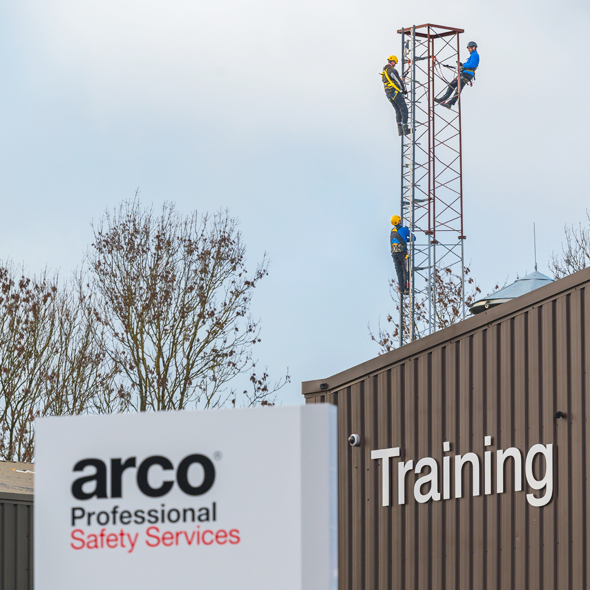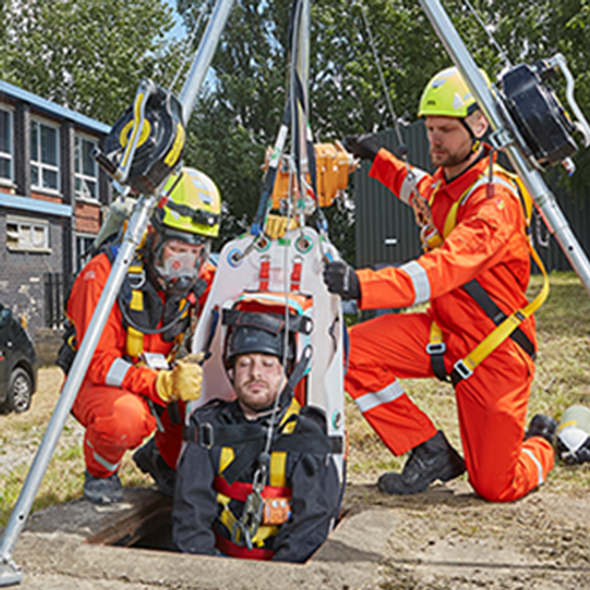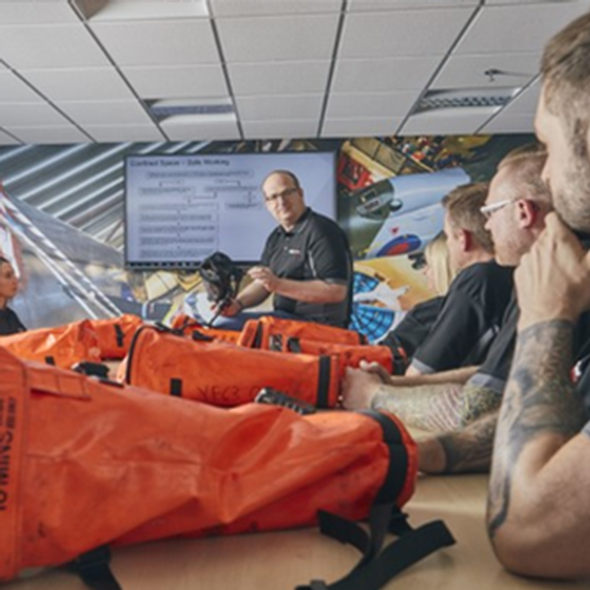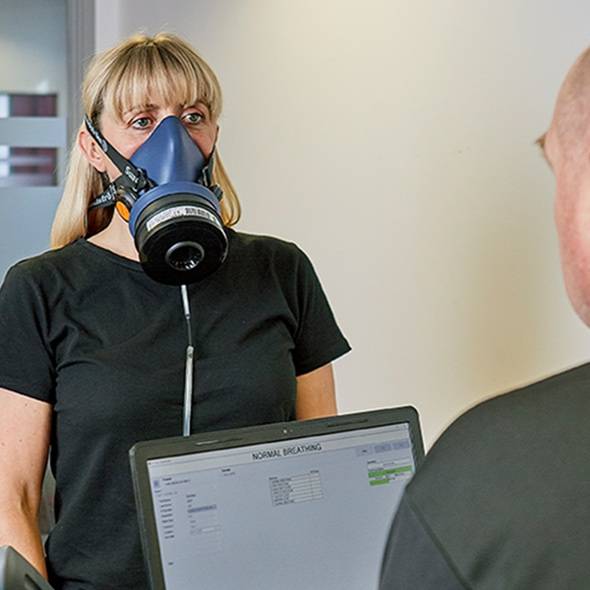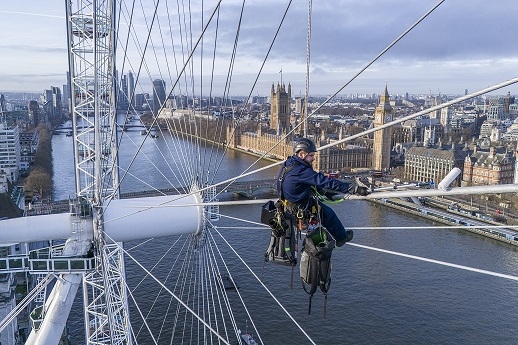Mobile Confined Space Units
Our fleet of mobile confined space training units enable confined space training and breathing apparatus training to take place at your site.
The mobile units incorporate state of the art technologies throughout to simulate different industrial settings in a safe environment. The flexible and controlled environment ensures trainees are immersed in a highly realistic and effective learning experience. The units are completely customisable to create a wide variety of industrial settings and to deliver training suitable to any level of experience. Plus, with over 30m of tunnels and sections, the units exceed the requirements of our core awarding bodies, so accredited qualifications can be achieved.
Benefits
- Cost saving: there is no expense incurred of trainees attending an external venue.
- Minimal disruption: time that trainees are away from site is minimised.
- Rapid set up: from arrival on site the self sufficient unit can be up and running in as little as 20 minutes.
Watch the video or browse the features below to learn more about our customisable confined space mobile training units:
1. Rapid set-up of self-sufficient unit
- 240v internal and external power supply: powers all facilities in the fully contained unit
- 110v power for lighting and equipment
- Automatic, retractable handrail system: safety handrail around top of vehicle ensures speedy set-up and a safe working environment
- Retractable, extendable support legs: ensure a stable working platform
- External awning: provides weather protection at the exterior of the unit
2. Live monitoring and recording of training
- Infra-red cameras: installed in the training tunnels, feeding to onboard LCD viewing screens
3. Realistic simulation of industrial environments
- Onboard sound system and noise programmes: feeding simulated background noise, such as running water, into all tunnel areas enables the demonstration of model scenarios and creates a realistic environment
- Different light levels: the light levels can be controlled to simulate different environments and help to build slowly with new starters.
- Smoke: spaces can be filled with smoke to facilitate training that will simulate conditions where rescue from fire may be likely
4. Vertical entry
- Over three metre vertical access shaft: to meet all current accreditation standards
- Tripod and winch: with full harness and rescue system
- Internal stairway access: to roof-mounted external training platform
- Safety handrail system: creates a fully enclosed, safe platform for training
- Non-slip safety deck: allows training to be undertaken safely in wet or damp conditions
- The opportunity to utilise different entry equipment: including Davit systems
5. Horizontal entry
- 30 metres of internal tunnels: horizontal shafts and tunnels featuring a flexible configuration with removable ladders and panels to provide a varying layout and create alternative training scenarios
- Constructed over two levels: creating a network of scrambling tunnels
- Emergency escape doors and hatches: are located throughout the tunnel system
- Isolation points: the unit contains features which may need to be located in a real situation, such as isolation for electricity, and mechanical isolation for chemicals
6. Breathing apparatus
- A comprehensive range of equipment is available, including:
- Breathing apparatus
- Gas monitors
- Rescue equipment
Download our brochure or watch our video for more information on our specialist training facilities and the courses we offer.



